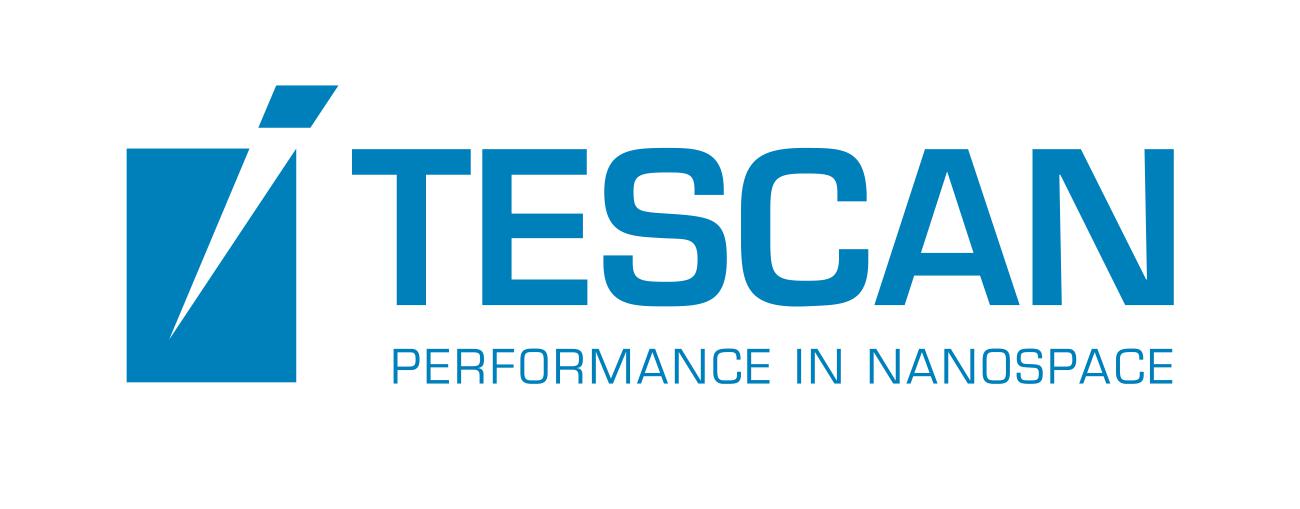Speaker
Description
In the Ordos Basin, the Chang 7 shale oil reservoir in northern Shaanxi is superimposed with multiple lithologies in the longitudinal direction. There are differences in the interlayer stress of the thin sand-shale-shale interbeds. The internal stresses in small layers are changeable, resulting in high hydraulic fractures and short extension distances. The effective reconstruction volume did not meet expectations. Based on the Kessel in-situ stress test to test the in-situ stress of key layers, finely interpret the in-situ stress logging results of a single well to obtain the distribution of longitudinal multi-interbed and different lithological in-situ stress, aiming at the characteristics of the 3 small reservoirs in the Chang 7 member of the Xin'anbian area in northern Shaanxi Based on the geological, structural, and sedimentary characteristics of the block, a three-dimensional in-situ stress regional model of complex lithological reservoirs based on fine geological bodies was established, which simulated the distribution of in-situ stress in the sand-soil-shale interbedded lithology region, and mastered the geological stress. The difference between horizontal and vertical stress field space. The calculation results show that the overall three-dimensional stress of the block isσ_V>σ_H>σ_h, the maximum principal stress range between layers in the longitudinal direction is 35~58 MPa, the minimum principal stress range is 28~54 MPa, and the horizontal stress difference range is 6~8 MPa, the stress value of the sandstone in the lateral upper layer is greater than the stress value of the shale and the stress value of the mudstone. Through the analysis of the in-situ stress distribution of the different interlayer depth and bedding lithology, it provides parameter guidance for the fracture height design of the complex lithological reservoir layer of the Chang 7 member in northern Shaanxi, Ordos Basin.
References
[1] Zou Caineng, Zhu Rukai, Bai Bin, et al. Connotation, characteristics, potential and challenges of tight oil and shale oil[J]. Bulletin of Mineralogy, Petrology and Geochemistry, 2015, 34(1): 1-17.
[2] Zhang Bin, Yang Jialing, Xie Qi, et al. Application of in-situ stress analysis in shale gas development in western Hubei and eastern Chongqing[J]. Natural Gas Exploration and Development, 2012, 35(3): 33-36.
[3] Zeng Lianbo, Qi Jiafu, Wang Chenggang, et al. The influence of tectonic stress on fracture formation and fluid flow[J]. Frontiers of Earth Science, 2008, 15(3): 292-298.
[4] Wan Xiaolong, Gao Chunning, Wang Yongkang, et al. Coupling relationship between artificial fractures and natural fractures and their development significance[J]. Chinese Journal of Geomechanics, 2009, 15(3): 245-252.
[5] BROWN E T, HOEK E. Trends in relationships between measured in-situ stresses and depth [J]. International Journal of Rock Mechanics & Mining Sciences & Geomechanics Abstracts, 1978, 15(4): 211-215.
[7] Hou Bing, Chen Mian, Jin Yan, Yang Henglin. A new method for the study of in-situ stress of a single-layer composite salt layer[J]. Drilling and Production Technology, 2008(06): 11-13+164.
[6] Zhang Guangming, Xiong Chunming, Liu He, et al. Research on numerical simulation method of in-situ stress field in complex fault block[J]. Fault Block Oil and Gas Field, 2011, 18(6): 710-713.
[7] Lin Changcheng, Ding Wenlong, Wang Xinghua, et al. Research progress of in-situ stress in shale reservoirs[J]. Bulletin of Science and Technology, 2018, 34(7): 1-8,20. [J].
[8] Ding Wenlong, Zeng Weite, Wang Ruyue, et al. Tectonic stress field simulation and fracture distribution prediction method and application of shale reservoir[J]. Earth Science Frontiers, 2016, 23(2): 63-74.
[9] Hu Yaofang, Tian Zhonglan, Yang Henglin, et al. Numerical simulation of heterogeneous stress field in Zhaotong shale reservoir[J]. Natural Gas Exploration and Development, 2017, 40(4): 44-51.
[10] Li Zhuopei, Nie Zhou, Jing Cui, et al. Application of new 3D in-situ stress modeling technology in Changning deep shale gas block[J]. Drilling & Production Technology, 2019, 42(6): 8.
[11] Zhou Xingui, Zhang Linyan, Fan Kun, et al., 2009. Current in-situ stress measurement in the Ordos Basin and its application in oil and gas development[J]. Journal of Xi'an Shiyou University (Natural Science Edition), 24 (3): 7-12 .
[12] Du Weixuan, Zhang Hongling, Liu Guangfeng, et al., 2010. Finite element simulation of the current in-situ stress field of Chang 82 reservoir in Zhuang 19 well block in Heshui area[J]. Journal of Oil and Gas Technology (Journal of Jianghan Petroleum Institute), 32 (5): 210-213, 408-409.
[13] Xu Lei, 2016. Well logging evaluation of Chang 7 tight oil reservoir of Yanchang Group in Heshui area [D]. Qingdao: China University of Petroleum (East China).
[14] Jiang Lin, Qiu Zhen, Wang Qingchen, et al. Research on fracture characteristics and in-situ stress of the Yanchang Formation shale in Ordos Basin[J]. Chinese Journal of Geology, 2017, 52(1): 123-140.
[15] Xia Hongquan, Liu Chang, Li Gaoren, et al. Calculation method of horizontal in-situ stress in TIV formation based on logging data[J]. Petroleum Drilling Technology, 2019, 47(6): 67-72.
[16] Liu Shixiang, Hu Yanfei, Yan Qinghua, et al. Application of Expert Kriging Interpolation in Spatial Interpolation[J]. Geology and Resources, 2011, 20(04): 292-294.
[17] Fu Jinhua, Yu Jian, Xu Liming, et al. Tight oil exploration and development progress in the Ordos Basin and main controlling factors for large-scale enrichment and development[J]. China Petroleum Exploration, 2015, 20(5): 9-19.
[18] Yang Hua, Li Shixiang, Liu Xianyang. Tight oil and shale oil characteristics and resource potential in Ordos Basin[J]. Acta Petrolei Sinica, 2013, 34(1): 1-11.
[19] Yao Jingli, Deng Xiuqin, Zhao Yande, et al. Tight oil characteristics of Yanchang Formation in Ordos Basin[J]. Petroleum Exploration and Development, 2013, 40(2): 150-158.
[20] Yang Hua, Niu Xiaobing, Xu Liming, et al. Shale oil exploration potential of the Chang 7 Member of the Triassic Yanchang Formation in the Ordos Basin[J]. Petroleum Exploration and Development, 2016, 43(4): 590-599.
[21] Huang Rongzun, Zhuang Jinjiang. A new method for prediction of formation fracture pressure[J]. Petroleum Drilling and Production Technology, 1986(03): 1-14.
[22] Chen Mian, Pang Fei, Jin Yan. Simulation and analysis of large-scale true triaxial hydraulic fracturing[J]. Chinese Journal of Rock Mechanics and Engineering, 2000(S1): 868-872.
| Participation | Online |
|---|---|
| Country | China |
| MDPI Energies Student Poster Award | No, do not submit my presenation for the student posters award. |
| Time Block Preference | Time Block A (09:00-12:00 CET) |
| Acceptance of the Terms & Conditions | Click here to agree |









